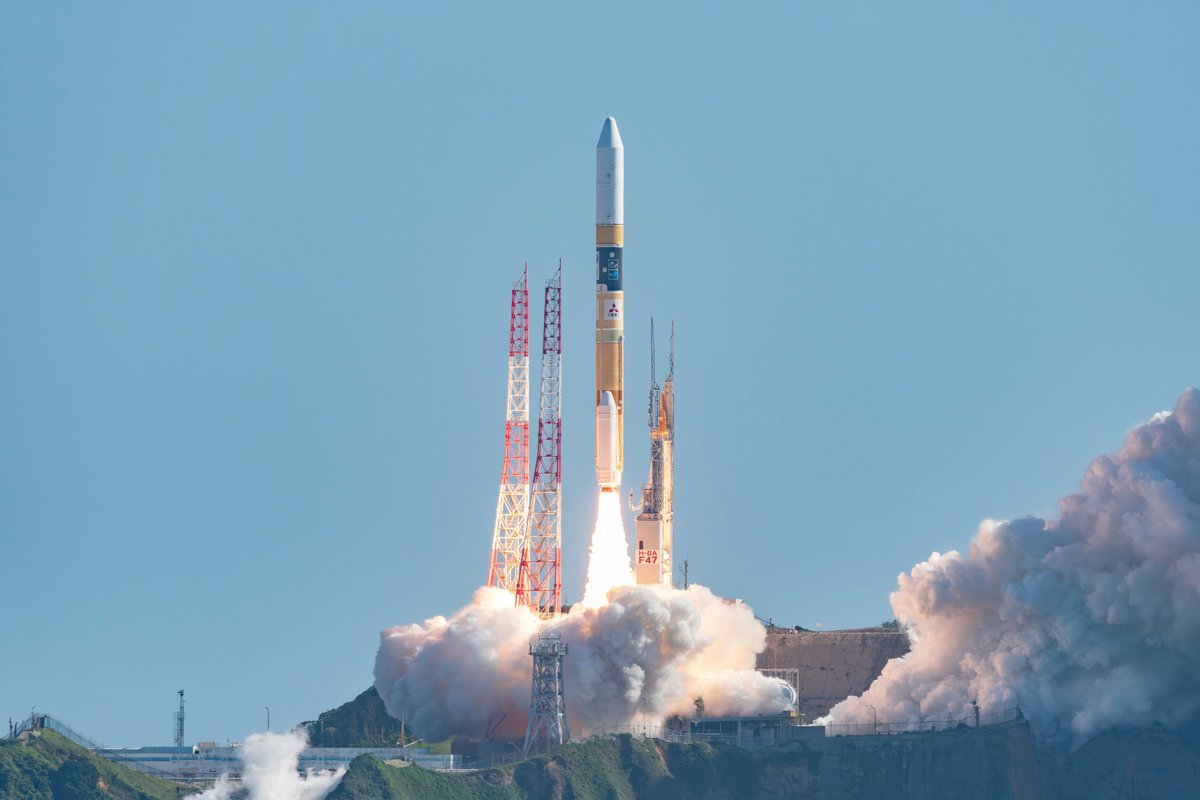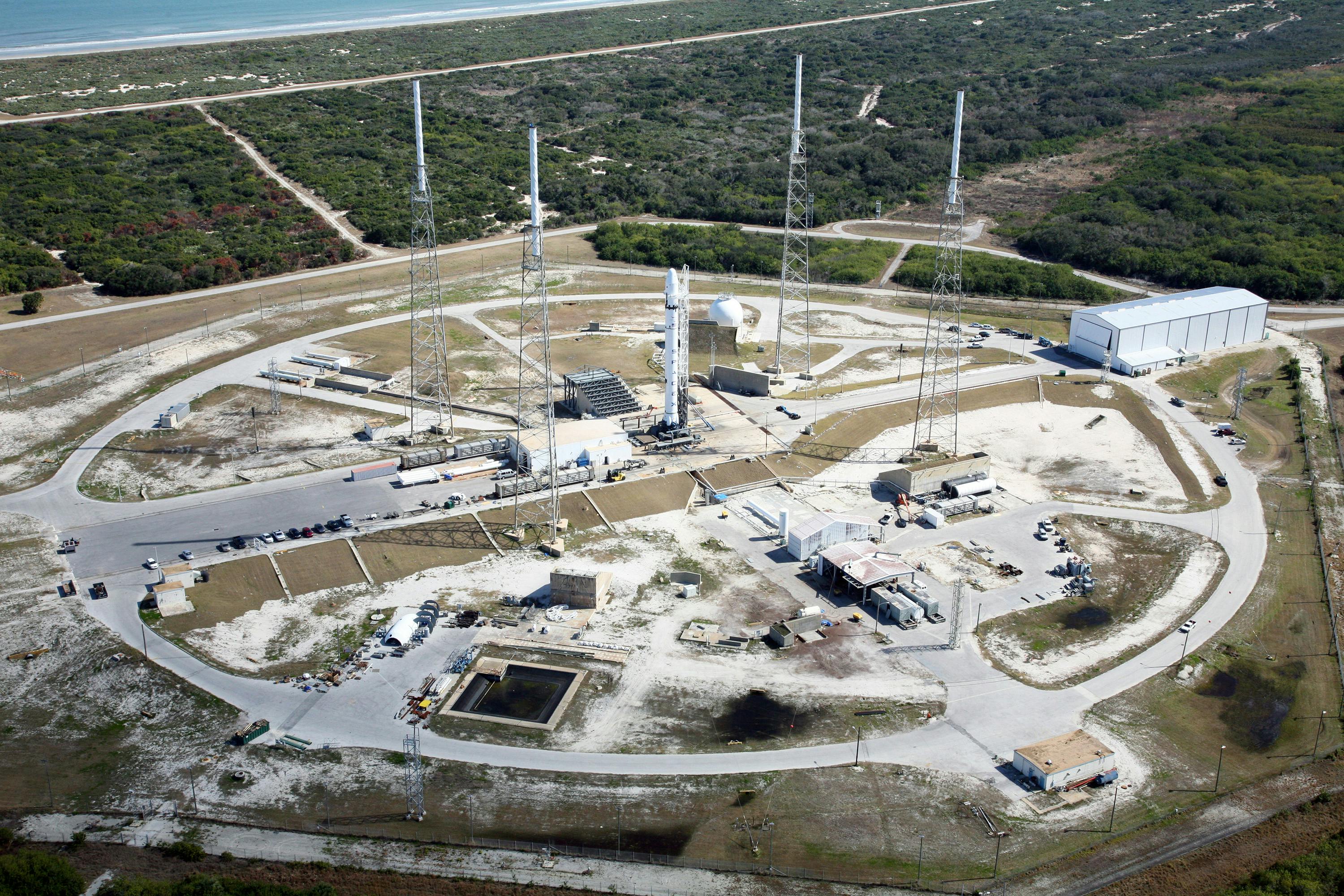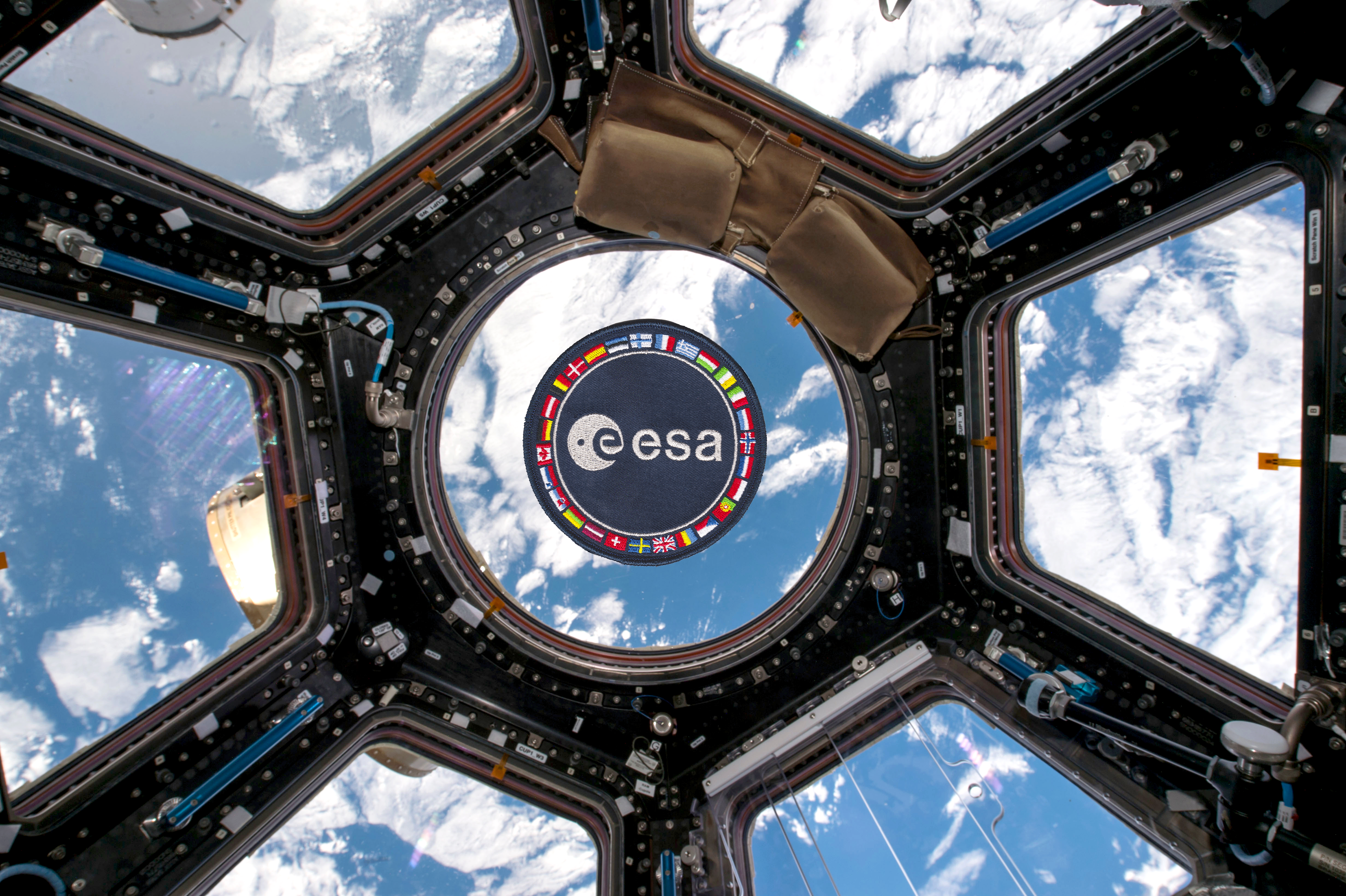· space brief · 7 min read
Space Brief 18 Jun 2025
Today's updates cover crucial developments in satellite licensing reforms, defense cybersecurity, and AI integration within government sectors.

📄Top Stories
A significant push from the FCC underscores the importance of national security in the realm of satellite licensing reforms. Meanwhile, DARPA is actively working to bolster cybersecurity within the defense sector. Additionally, a new initiative incorporating AI into governmental operations has been launched with significant backing from the Pentagon.
📰Detailed Coverage
FCC Emphasizes Satellite Licensing for National Security
The Federal Communications Commission (FCC) is emphasizing the strategic role of satellite licensing reforms in bolstering national security. This move highlights the industry’s growing recognition of the importance of secure and well-regulated space operations, particularly as they relate to defense and global communications.
Detailed discussions are underway to ensure the integrity and security of data transmitted via satellites. Such reforms are expected to facilitate more robust international cooperation and efficient monitoring of orbital activities. These efforts align closely with our web app’s satellite tracking capabilities, designed to enhance situational awareness for users.
Read the full story: SpaceNews
DARPA’s Cybersecurity Initiative for Defense Firms
DARPA is launching a new cybersecurity initiative aimed at making defense firms significantly more resilient against hacking attempts. This “formal methods” push seeks to employ advanced mathematical techniques to create impenetrable defenses, thereby reducing vulnerabilities that could compromise sensitive data through cyber incursions.
As cyberspace threats continue to evolve, this initiative marks a critical step forward in national security. Defense companies, integral to satellite operations and space-related defense, stand to benefit from more robust cybersecurity protocols, thereby safeguarding communication and control of orbital assets.
Read the full story: Breaking Defense
OpenAI for Government Secures Pentagon Support
OpenAI has launched a program specifically targeting government applications, securing a substantial $200M contract from the Pentagon’s Chief Digital and Artificial Intelligence Office. This initiative is set to amplify OpenAI’s ongoing collaborations with entities like the Air Force and NASA, streamlining AI deployments across various government sectors.
By consolidating AI efforts, this program aims to enhance operational efficiency, potentially impacting satellite data analysis and decision-making processes within governmental frameworks. The integration of AI could redefine how satellite imagery and data are interpreted, providing quicker insights into orbital trends.
Read the full story: Breaking Defense
NAVY’s Challenge with Unmanned Vessel Demand
The rapid introduction of new unmanned platforms by numerous companies has pushed the Navy to reassess its procurement strategy. While many manufacturers have surged to meet potential demands, skepticism remains as to whether the Navy will adopt these technologies extensively.
These developments highlight the critical need for coordinated planning between defense branches and technology manufacturers. Autonomous and remote-controlled systems, including satellite-controlled drones, are pivotal in modern military strategies, necessitating effective satellite communication links to manage these cutting-edge platforms.
Read the full story: Breaking Defense
Analyzing the Impact of Israeli Strikes on Iran and Russia
Recent Israeli military actions may have implications for Iran’s defense exports to Russia, affecting broader geopolitical dynamics. Experts suggest monitoring several key areas to evaluate long-term impacts on capabilities and alliances, particularly in relation to the ongoing Russia-Ukraine conflict.
While not directly impacting satellite operations, this geopolitical tension underscores the importance of maintaining vigilance over satellite intelligence capabilities. Reliable space-based observation platforms can offer crucial insights into shifting alliances and military postures.
Read the full story: Breaking Defense
Risk Reduction in European Defense Initiatives
As European defense industries seek to enhance domestic continuity, a significant emphasis is placed on reducing risks to maintain stable defense environments. This approach could involve expanding capabilities to track and manage defense resources, including satellite assets and their operational continuity.
The ability to contribute to global supply chains while reinforcing domestic capabilities highlights a strategic pivot. Modern defense strategies increasingly rely on the efficient deployment of space-based assets, reinforcing the need to integrate robust satellite tracking mechanisms.
Read the full story: Breaking Defense
🛰️Satellite Spotlight
- Satellite Name: SPAWAR-CAL-R
- NORAD ID: 43776
- Launch Date: December 3, 2018
- Mission: This satellite is primarily used for calibration purposes, enhancing measurement accuracy for various systems.
- Orbit: Low Earth Orbit (LEO)
- Operator: SPAWAR (Space and Naval Warfare Systems Command)
- Fun Fact: SPAWAR-CAL-R is a 1U CubeSat, meaning it’s compact and efficient, making it ideal for educational and experimental missions in space.
Track this satellite in real-time on our web app: Track SPAWAR-CAL-R
🌌Space Weather
Space weather conditions are currently quiet.
Current
R0 - S0 - G0
Last 24 Hour Maximums
R3 - S0 - G0
Recent Alerts
- Type II Radio Emission Alert: Detected on June 18 at 04:34 UTC, linked to solar eruptions, indicating a coronal mass ejection may have occurred.
- Geomagnetic K-index Warning: K-index reached 4 on June 18, potentially affecting areas poleward of 65° Geomagnetic Latitude with weak power grid fluctuations and possible auroras in Canada and Alaska.
- 10cm Radio Burst Summary: Registered on June 17, indicating significant radio noise due to a solar flare, which can interfere with sensitive communication systems.
- X-ray Event: Exceeded class X1.2 on June 17, causing wide area blackout of HF radio communication for about an hour, affecting large portions of the sunlit side of Earth.
- X-Ray Flux Alert: Exceeded M5 levels on June 17, with potential impacts on HF radio communication depending on current conditions.
- Geomagnetic Storm Watch: G1 (Minor) predicted for June 20, which may produce minor impacts on satellite operations and visibility of auroras.
- Electron Flux Alert: Exceeded 1000 pfu on June 17, posing risks to satellite systems from charging effects.
Next 24 Hours
-
Radio Blackouts Probability
- Minor: 75
- Major: 25
- Risk: None
-
Solar Radiation
- Probability: 10
- Risk: None
-
Geomagnetic Storming
- Scale: 0
- Impact: None
- Activity: Low
-
Impact Summary
- Next 24 hours: No risk of radio blackouts or solar radiation storms.
- Geomagnetic outlook indicates a likelihood of G1 (Minor) or greater geomagnetic storms on June 20 due to possible transient passage.
- Radiation outlook presents a slight chance for S1 (Minor) or greater solar radiation storms from June 18 through 20, primarily from Region 4114.
- Radio blackout outlook expects R1-R2 (Minor-Moderate) flares with chances for X-class flares (R3-Strong) on June 18-20, mainly influenced by Regions 4114 and 4115.
Long Term Forecast
- Forecast of Solar and Geomagnetic Activity (June 16 - July 12, 2025):
- Solar activity will range from low to high levels with expected R1-R2 (Minor-Moderate) events and possibilities for stronger R3 events from June 16 to 22.
- Region 4114 exhibits growth and increasing magnetic complexity, likely facilitating more flaring events.
- Enhanced greater than 10 MeV proton flux expected following an M8.4 flare on June 15, with no additional proton events forecasted.
- Greater than 2 MeV electron flux at geosynchronous orbit may reach high levels during specified dates, with normal levels anticipated at other times.
- Geomagnetic activity could reach G1 (Minor) storm levels due to coronal hole high-speed stream influences on specified dates, with expected active conditions on various dates attributed to interplanetary shocks and coronal hole effects.
- Overall, a mix of quiet and active conditions is anticipated throughout the remainder of the forecast period.
🚀Upcoming Space Launches
June 19
- Russian Space Forces Angara A5/Briz-M:
- Kosmos (Unknown Payload) from Plesetsk Cosmodrome, Russian Federation (02:30 UTC) Unidentified payload for the Russian military.
June 20
-
Rocket Lab Electron:
- Symphony In The Stars from Rocket Lab Launch Complex 1, Mahia Peninsula, New Zealand (07:15 UTC) ‘Symphony In The Stars’ is the first of two dedicated missions on Electron to deploy a spacecraft for a confidential commercial customer.
-
China Aerospace Science and Technology Corporation Long March 3B/E:
- Unknown Payload from Xichang Satellite Launch Center, People’s Republic of China (12:27 UTC) Details TBD.
-
SpaceX Falcon 9 Block 5:
- Transporter 14 (Dedicated SSO Rideshare) from Vandenberg SFB, CA, USA (21:19 UTC) Dedicated rideshare flight to a sun-synchronous orbit with dozens of small microsatellites and nanosatellites for commercial and government customers.
June 21
- Blue Origin New Shepard:
- NS-33 from Corn Ranch, Van Horn, TX, USA (12:30 UTC) NS-33 is the 13th crewed flight for the New Shepard program.
June 22
-
SpaceX Falcon 9 Block 5:
- Starlink Group 10-23 from Cape Canaveral SFS, FL, USA (05:47 UTC) A batch of satellites for the Starlink mega-constellation to provide space-based Internet communication.
-
SpaceX Falcon 9 Block 5:
- Axiom Space Mission 4 from Kennedy Space Center, FL, USA (07:42 UTC) This is a Crew Dragon flight for Axiom Space, carrying a professionally trained commander and three private astronauts to the International Space Station for an eight-day stay.
June 23
-
United Launch Alliance Atlas V 551:
- Project Kuiper (KA-02) from Cape Canaveral SFS, FL, USA (14:56 UTC) Project Kuiper is a mega constellation of satellites to offer broadband internet access, managed by Kuiper Systems LLC, a subsidiary of Amazon.
-
Japan Aerospace Exploration Agency H-IIA 202:
- GOSAT-GW from Tanegashima Space Center, Japan (16:33 UTC) GOSAT-GW is JAXA’s next-generation satellite to monitor greenhouse gases and the water-cycle observations.
Note: Launch dates and times are subject to change due to technical or weather considerations.

Maurice Stellarski





